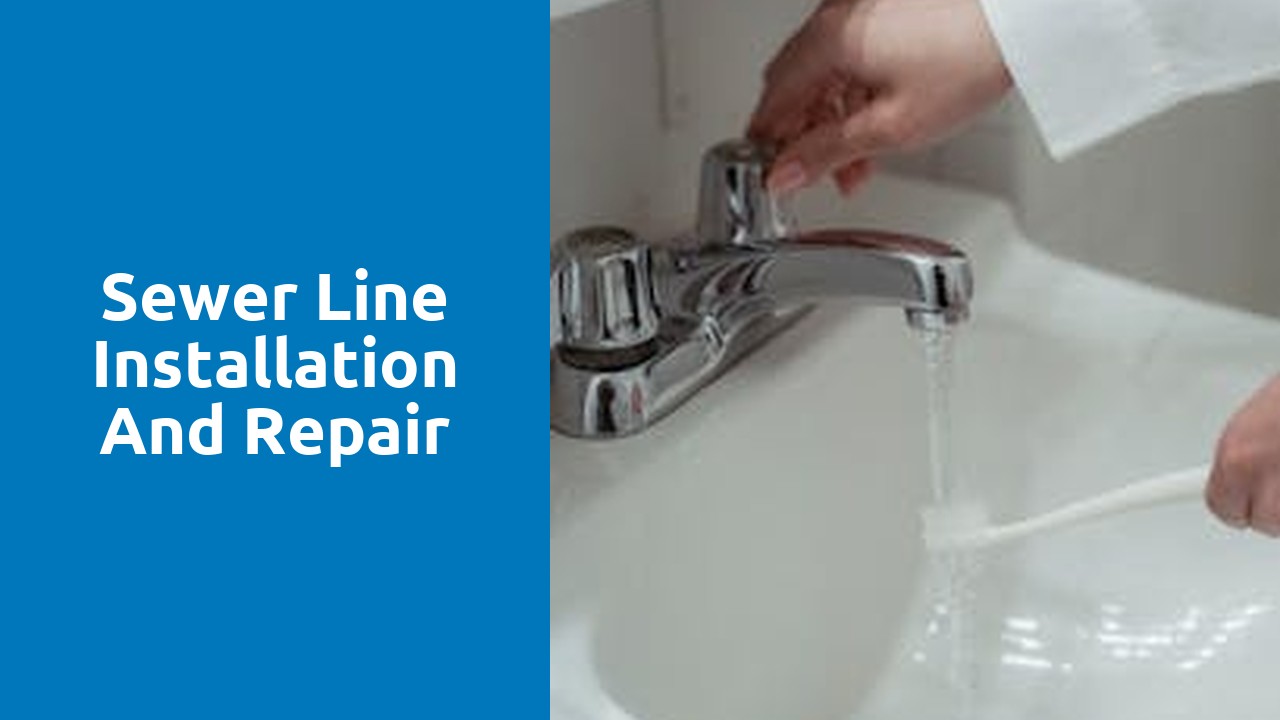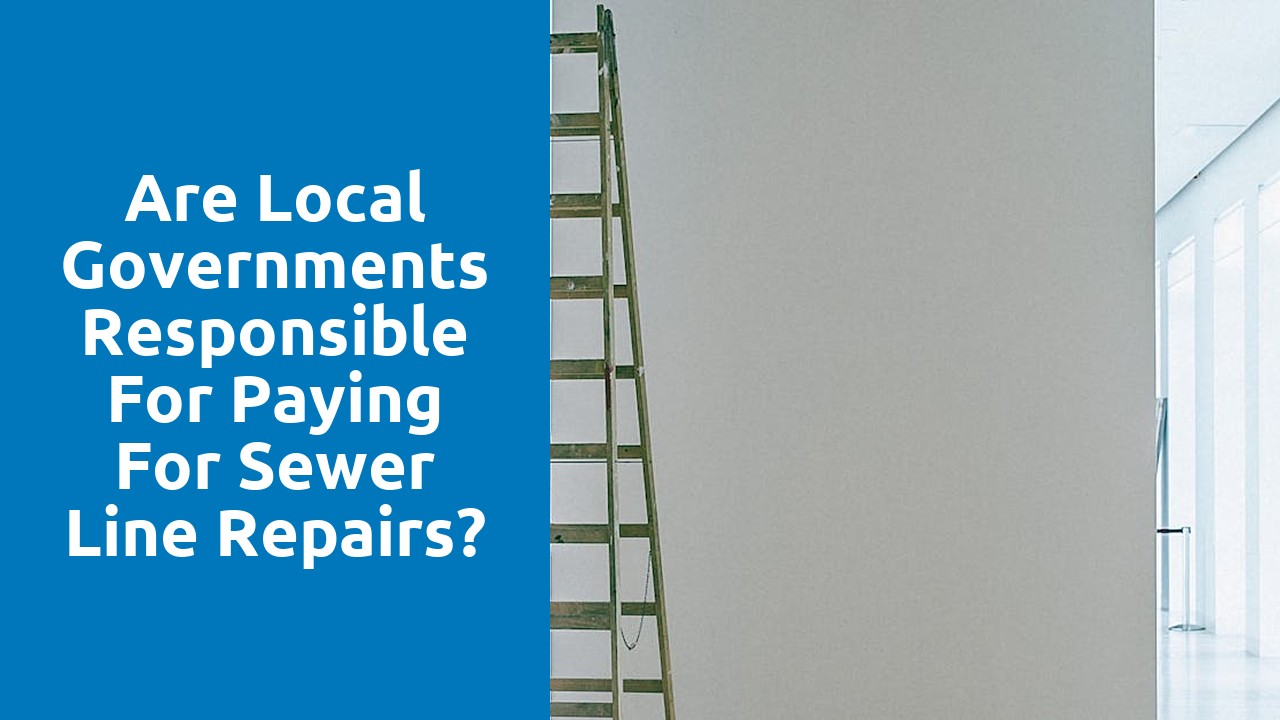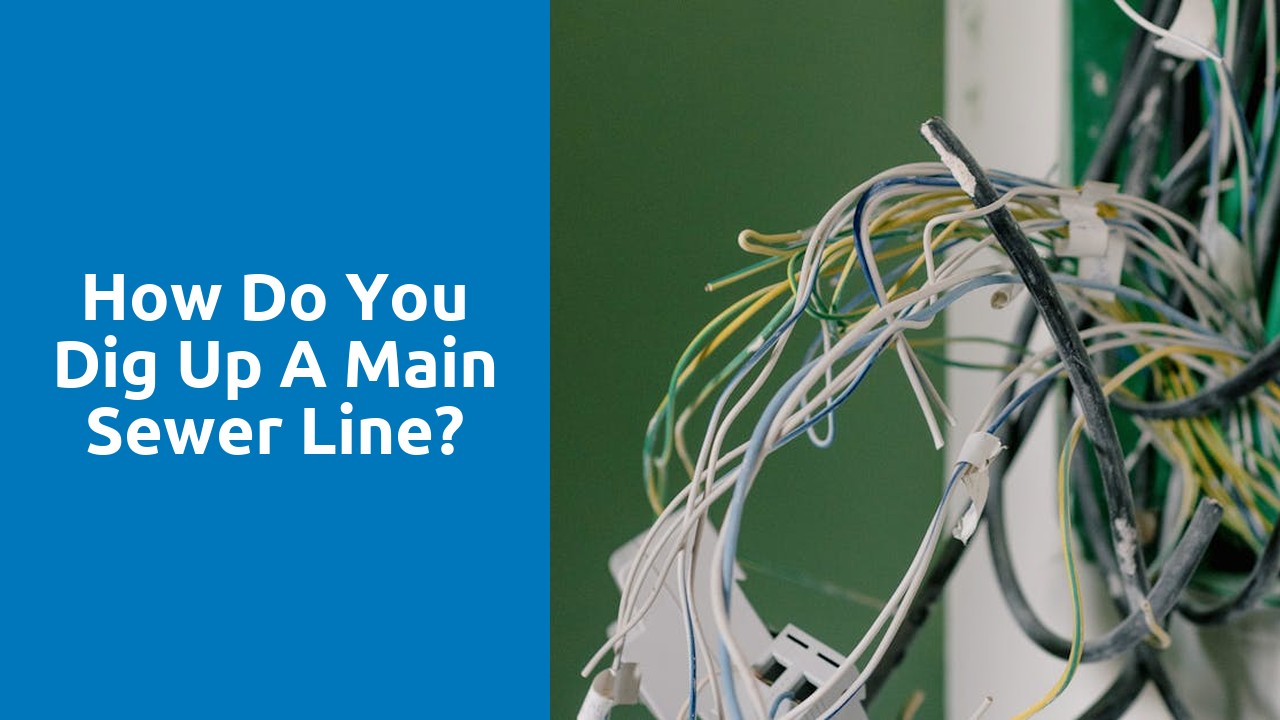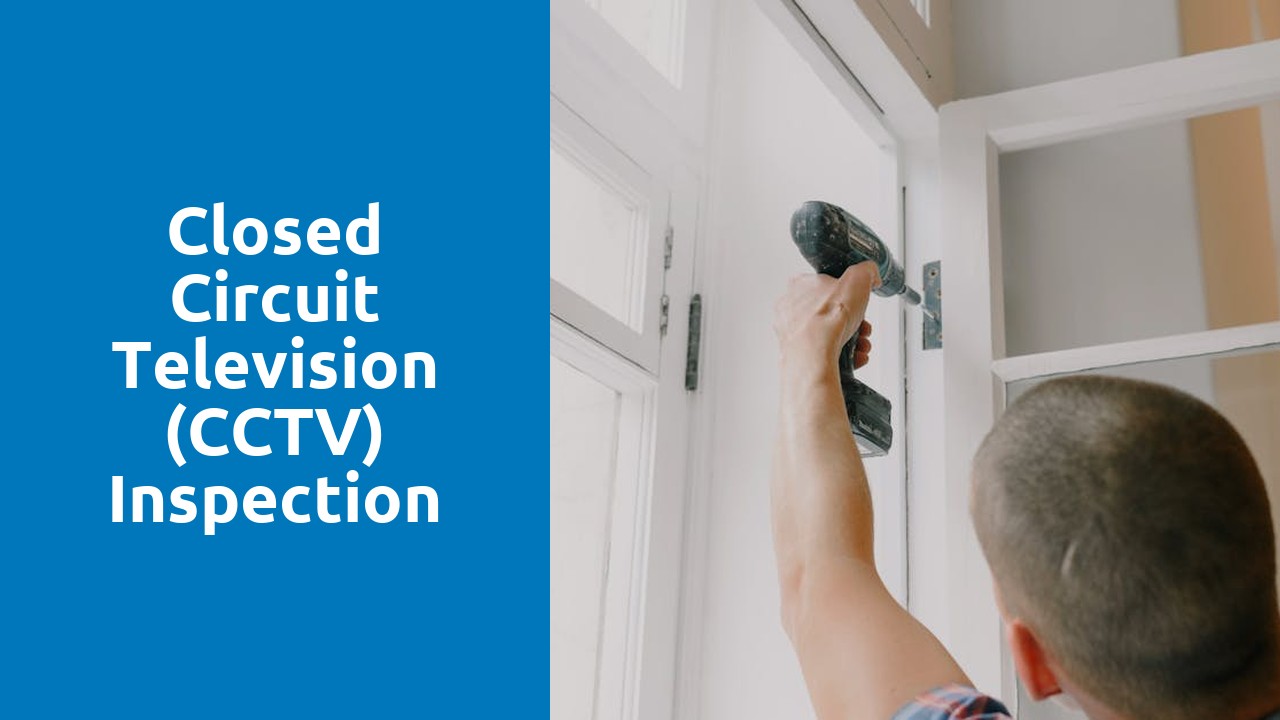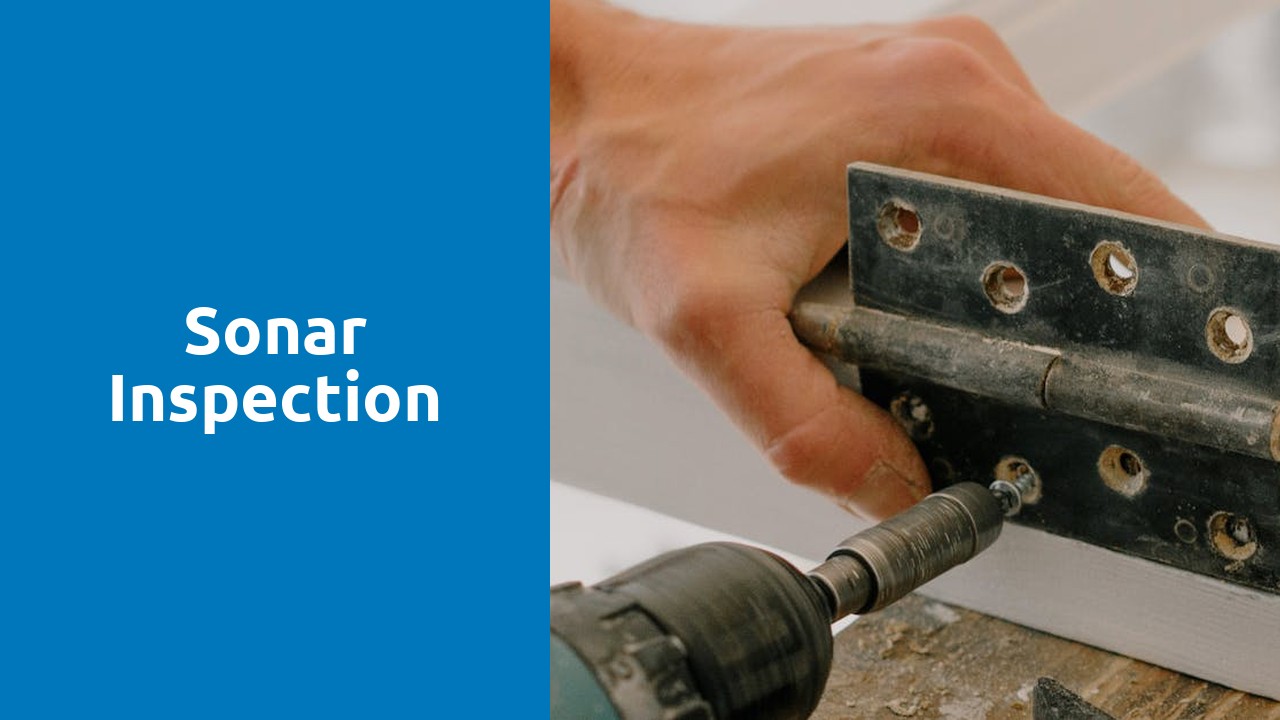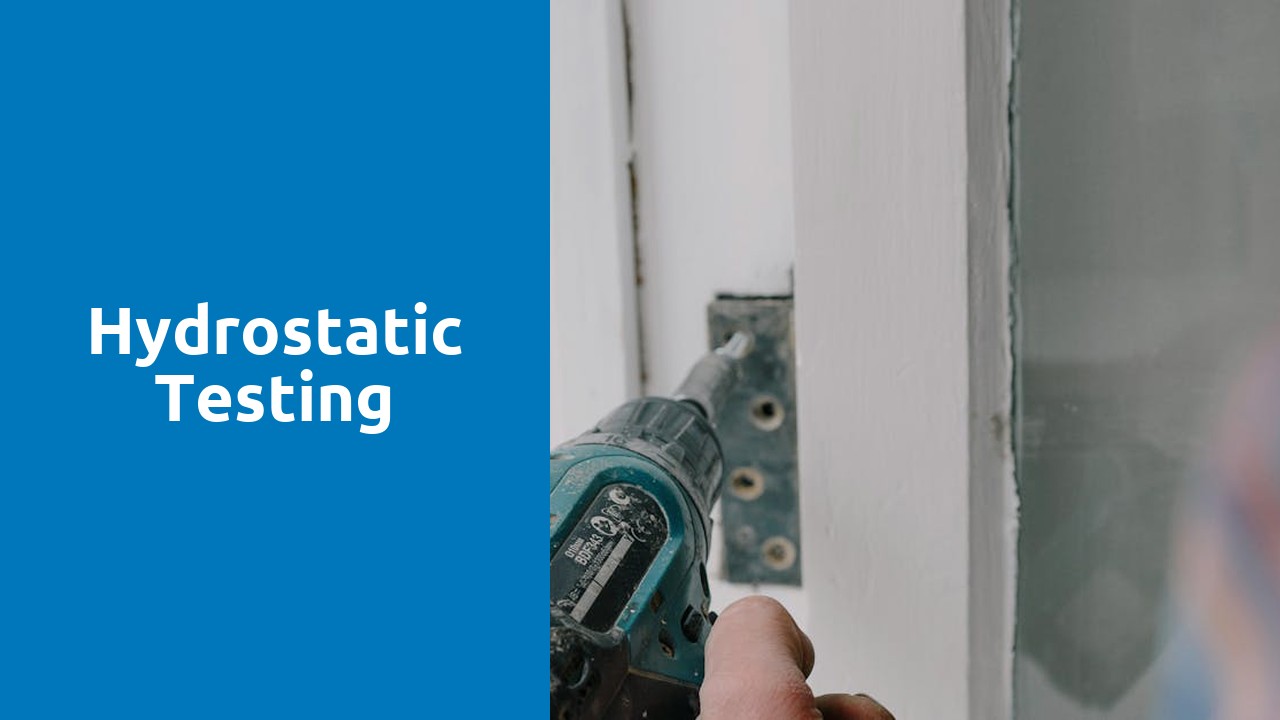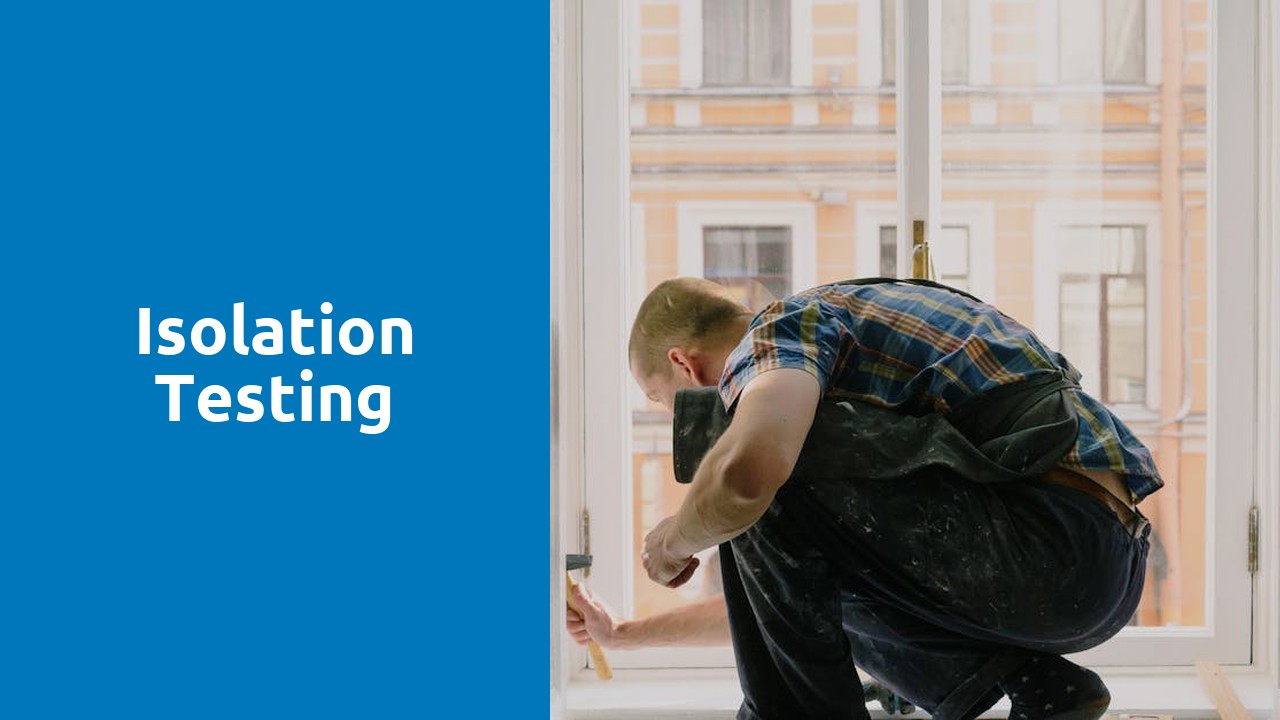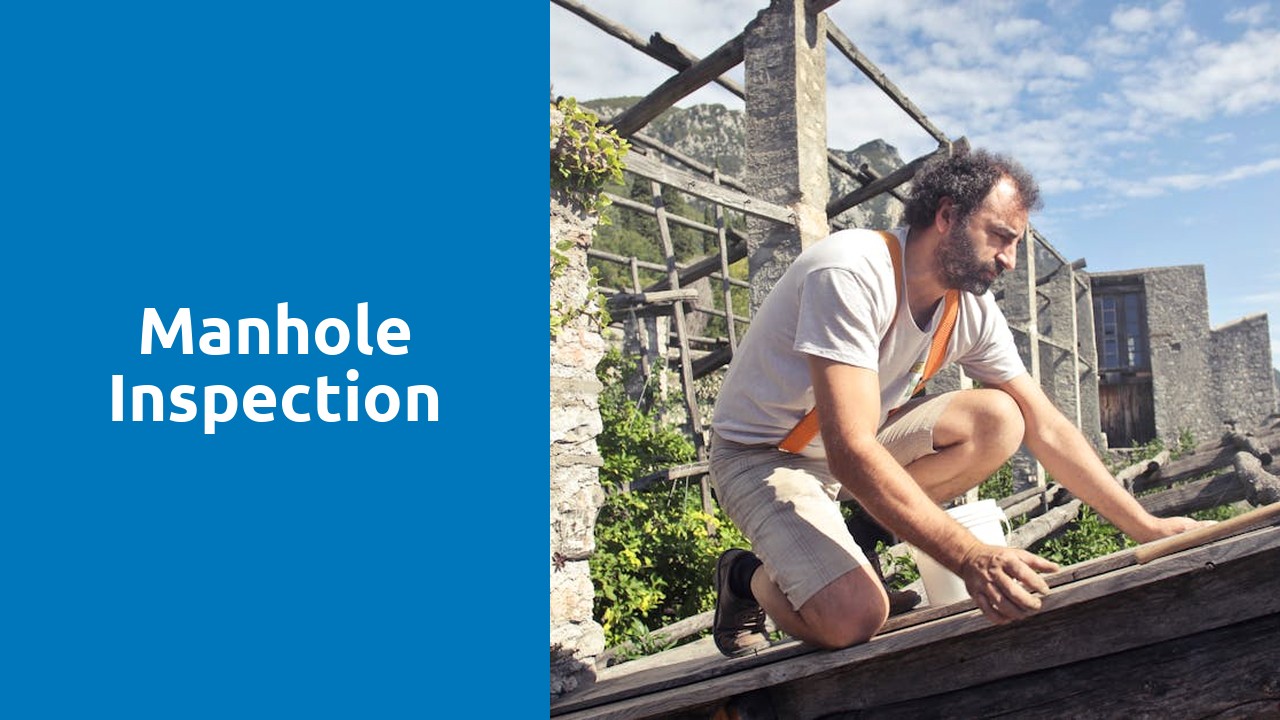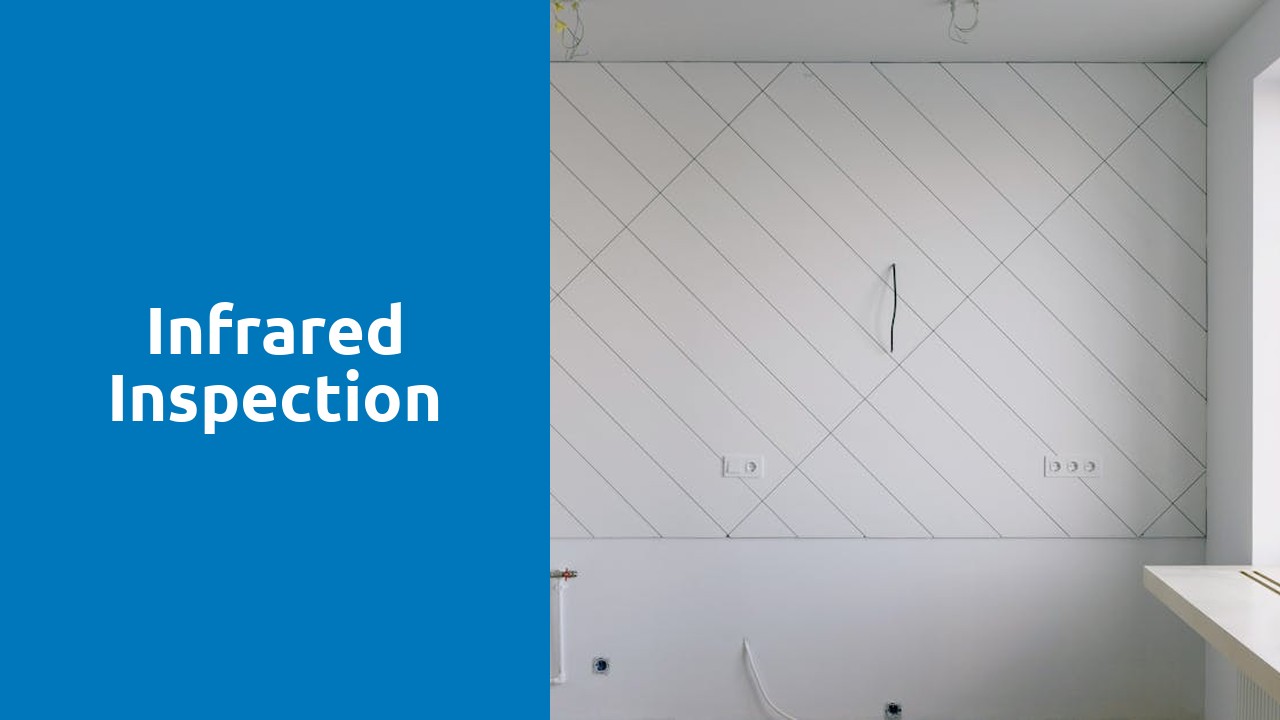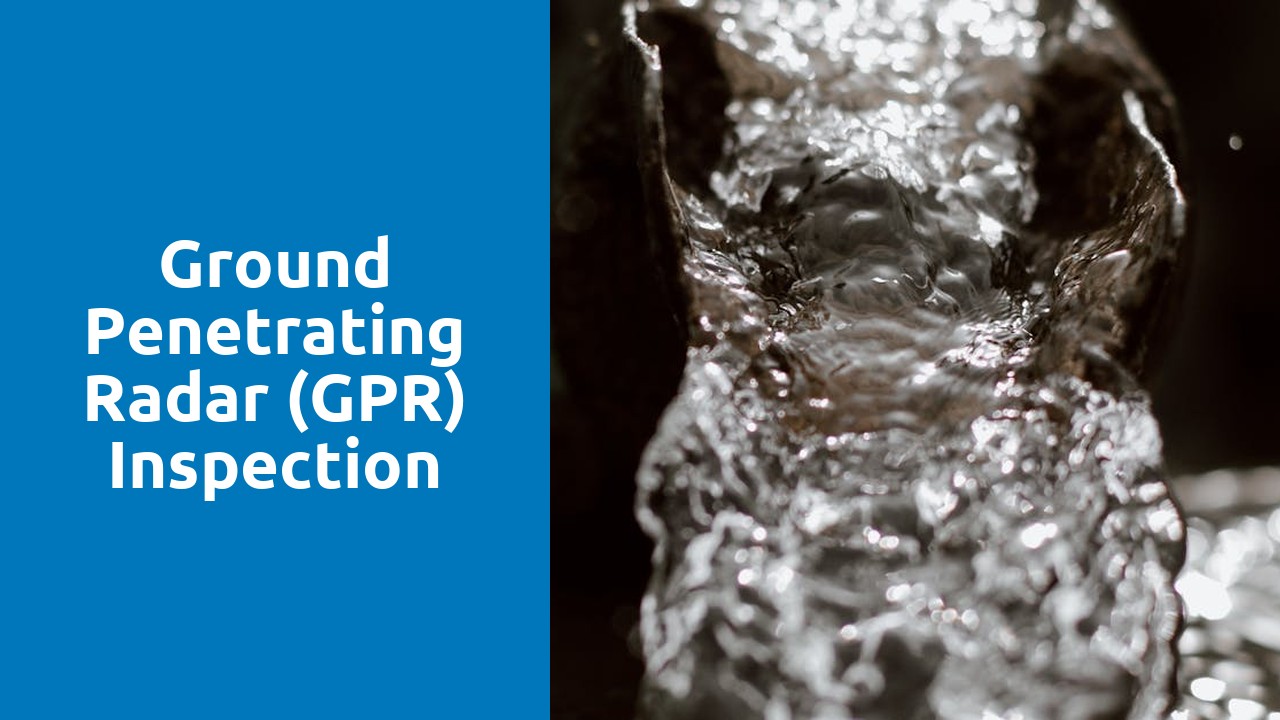
Table Of Contents
Inspecting the Connection Points
Inspecting the connection points is a crucial step in ensuring the successful installation of a sewer line. Before proceeding with any connections, it is essential to carefully examine the existing pipes and fittings to identify any signs of wear, damage, or misalignment. Hiring a professional to conduct a thorough inspection can help detect any potential issues that may arise during or after the installation process.
When examining the connection points, pay close attention to the alignment and compatibility of the pipes. Make sure that the pipes fit together snugly and that there are no leaks or gaps that could lead to future problems. By conducting a meticulous inspection of the connection points, you can prevent potential setbacks and ensure a smooth installation process. Sewer line installation and repair near me can be facilitated with attention to detail and precision in inspecting the connection points.
Ensuring Proper Sealing
Properly sealing the sewer line is a crucial step in ensuring its efficiency and longevity. When connecting different pieces of the line, such as pipe segments and fittings, it is essential to use the appropriate sealant to prevent any leaks or damage. Failure to secure a proper seal can lead to issues like backups, foul odors, and contamination of the surrounding soil. To guarantee a secure connection, make sure to follow the manufacturer's recommendations for sealant type and application methods.
For sewer line installation and repair near me, it is recommended to inspect the sealed connection points regularly for any signs of wear or deterioration. Any cracks, gaps, or loose fittings should be promptly addressed to prevent potential leaks and structural damage. By taking proactive measures to maintain the integrity of the seals, you can avoid costly repairs and ensure the smooth operation of your sewer system.
Connecting to the Municipal Sewer System
To connect your sewer line to the municipal sewer system, it is crucial to locate the appropriate connection point designated by your local authorities. This connection point is typically situated at the property line and varies depending on the regulations set by your municipality. In some cases, you may need to engage the services of a professional plumber to accurately identify the connection point for a seamless integration with the municipal sewer system. If you are uncertain about the location of the connection point, conducting a quick search for "Sewer line installation and repair near me" can help you find expert assistance in your area.
After locating the connection point, the next step involves digging a trench to access the piping that connects your sewer line to the municipal system. Carefully excavate the area to avoid any damage to existing pipes or utility lines. Once the trench is dug and the connection point is exposed, follow the guidelines provided by your local authorities to successfully hook up your sewer line. Remember to consult with professionals if needed, as improper connections can lead to costly repairs and potential environmental hazards. For expert guidance on this process, search for "Sewer line installation and repair near me" to find experienced professionals in your vicinity.
Securing Permits and Approvals
Securing permits and approvals is a crucial step when installing a new sewer line. Before starting any construction work, it is imperative to obtain the necessary permissions from the local authorities to ensure that the project meets all safety and regulatory standards. Failure to secure the required permits can result in legal consequences and possible delays in the completion of the project. To prevent any complications down the line, contact the local building department or relevant authority to inquire about the specific permits needed for your sewer line installation project. Remember, compliance with local regulations is essential to avoid any fines or penalties during or after the completion of the project. Sewer line installation and repair near me require adherence to these regulations to guarantee a smooth and hassle-free process.
Once the necessary permits and approvals are obtained, proceed with the sewer line installation according to the approved plans. By following the prescribed guidelines and regulations, you can ensure a safe and effective installation process. Doing so will also prevent any potential conflicts with local authorities or neighboring properties. Remember that proper documentation of all permits and approvals is crucial for future reference and in case of any property inspections. Always keep in mind the importance of adhering to the legal requirements when embarking on a sewer line installation project. Sewer line installation and repair near me remains a smooth process when all necessary permits and approvals are in place.
Properly Ventilating the Sewer Line
Properly ventilating the sewer line is a crucial aspect of ensuring the system functions efficiently and safely. Adequate ventilation helps to prevent the buildup of noxious gases within the pipes and allows for proper airflow, aiding in the removal of waste material. It is essential to take the necessary steps to ventilate the sewer line effectively to maintain optimal performance and minimize the risk of potential hazards. When considering sewer line installation and repair near me, ensuring proper ventilation is a key factor that should not be overlooked.
Installing vent pipes is a common method used to ventilate sewer lines effectively. Vent pipes allow air to flow in and out of the system, promoting proper drainage and preventing the formation of clogs. When connecting to the municipal sewage system, it is essential to ensure that vent pipes are installed correctly and meet the necessary specifications. By prioritizing ventilation in sewer line installation and repair near me projects, property owners can maintain a well-functioning system that is essential for overall sanitation and hygiene.
Installing Vent Pipes
Installing vent pipes is a critical step in ensuring proper functioning of a sewer line. Vent pipes allow sewer gases to escape from the system, preventing pressure buildup and potential damage. When installing vent pipes, it is crucial to follow local building codes to ensure compliance and safety. Sewer line installation and repair near me can provide guidance on the specific requirements in your area.
Proper installation of vent pipes involves determining the ideal location for placement to maximize airflow and ventilation. Vent pipes should be installed at the highest point in the plumbing system to facilitate the natural flow of gases upward and out of the structure. Additionally, vent pipes need to be sized correctly to accommodate the volume of gases produced. Consulting with professionals in sewer line installation and repair near me can help guarantee that vent pipes are installed effectively and according to industry standards.
FAQS
What should I inspect before connecting a sewer line?
Before connecting a sewer line, it is essential to inspect the connection points for any damages or leaks that may require repair before installation.
How can I ensure proper sealing of the sewer line connections?
To ensure proper sealing of sewer line connections, use appropriate sealing materials such as rubber gaskets or sealant compounds to prevent any leaks or seepage.
What steps should I follow to connect a sewer line to the municipal sewer system?
When connecting a sewer line to the municipal sewer system, make sure to secure the necessary permits and approvals from local authorities to ensure compliance with regulations and standards.
Why is proper ventilation important for a sewer line installation?
Proper ventilation of the sewer line is crucial to prevent the build-up of gases and odors, as well as to maintain the proper flow of wastewater through the system.
How do I install vent pipes for proper ventilation of the sewer line?
To install vent pipes for proper ventilation of the sewer line, ensure that they are placed at strategic locations to allow for the release of gases and odors, while also maintaining the integrity of the system.
